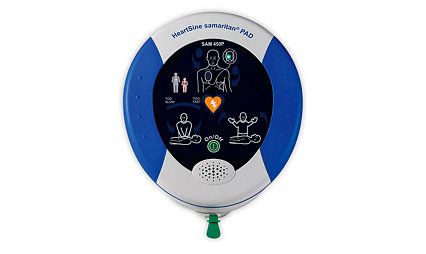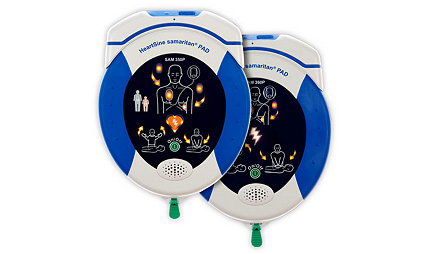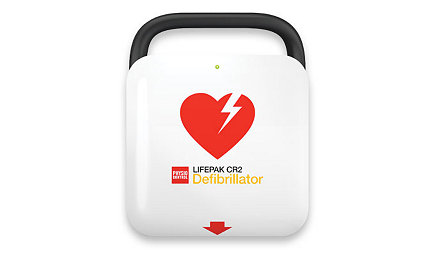Sudden cardiac arrest vs heart attack: what you need to know
28-Oct-2024

2-minute read
Is cardiac arrest a heart attack?
Heart attacks and sudden cardiac arrest (SCA) are two very different events, but people often confuse the two. Understanding the difference could help save a life. Let’s break it down.
Heart attack: a plumbing problem
Think of a heart attack like a clogged pipe in your house. Blood flow to the heart is blocked because of a narrowed artery. The heart is still beating, but it’s not getting the oxygen it needs.1 People having heart attacks might feel chest pain, discomfort or even nausea. Time is crucial, and medical treatment is needed fast to prevent permanent damage.2
Sudden cardiac arrest: an electrical issue
Sudden cardiac arrest is different. It’s more like an electrical blackout. The heart suddenly stops beating. No heartbeat means no blood is pumping to the brain and other vital organs. It can happen without warning, and in this case, emergency action must be taken immediately—CPR or using an AED (automated external defibrillator) can make the difference between life and death.1, 3
Risk factors for each
While heart attacks are typically caused by blockages in the heart’s arteries, SCA is more often due to issues with the heart's electrical system, like an arrhythmia. High blood pressure, smoking and high cholesterol can lead to both, but SCA can also strike seemingly healthy individuals without any prior symptoms.1, 4, 5
Prevention and awareness
Knowing your personal risk factors—like a family history of heart disease—and staying active are key steps in heart attack prevention.5 For SCA, being prepared with tools like an AED in public spaces can help increase the chances of survival.6
Why tools matter
When seconds count, having the right equipment can help save a life. AEDs are easy to use and designed to assist anyone in delivering potentially life-saving shocks to the heart. While no product can guarantee outcomes, AEDs help empower bystanders to act quickly in an emergency.6
1. American Heart Association. Heart Attack and Sudden Cardiac Arrest Differences. American Heart Association. Available at: https://www.heart.org. Accessed October 9, 2024.
2. American Heart Association. Warning Signs of a Heart Attack. American Heart Association. Available at: https://www.heart.org/en/health-topics/heart-attack/warning-signs-of-a-heart-attack. Accessed October 9, 2024.
3. American Heart Association. What is Cardiac Arrest? American Heart Association. Available at: https://www.heart.org. Accessed October 9, 2024.
4. Mayo Clinic. Sudden Cardiac Arrest: Symptoms and Causes. Mayo Clinic. Available at: https://www.mayoclinic.org/diseases-conditions/sudden-cardiac-arrest/symptoms-causes/syc-20350634. Accessed October 9, 2024.
5. American Heart Association. Understand Your Risks to Prevent a Heart Attack. American Heart Association. Available at: https://www.heart.org. Accessed October 9, 2024.
6. Hazinski MF, Samson RA, Schexnayder SM, et al. Part 4: The automated external defibrillator: key link in the chain of survival. Circulation. 2000;102( Suppl_1). doi:10.1161/circ.102.suppl_1.I-60.
EC-GSNPS-COMM-1304461_REV-0_en_us





